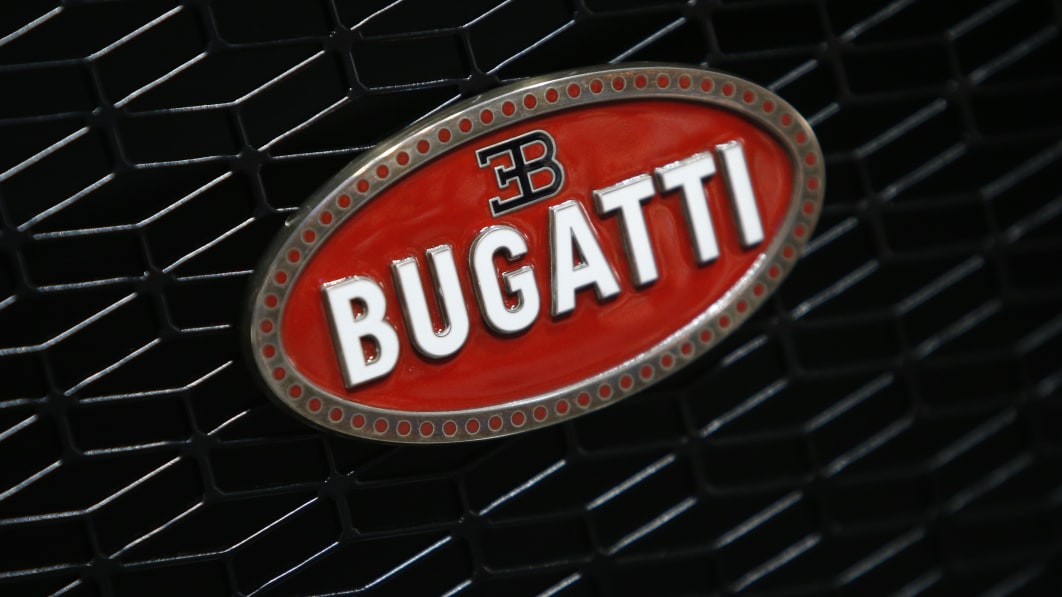With Bugatti having shown the Chiron successor to select clientele, a growing number of unconfirmed reports from reputable sources are filling in blanks with fascinating details. Let’s start with the already confirmed fact that the new engine unit nestled at the back of the new carbon monocoque would trade the Chiron’s quad-turbocharged W16 for a 90-degree V16.
The best source for more intel is Bugatti-Rimac CEO Mate Rimac, who joined Ineos Automotive CEO Lynn Calder
as one of the guest speakers at the
Financial Times‘ Future of the Car summit in
London.
Autocar
reports he told his audience the engine by itself is 39.4 inches long (one meter), making it 15.8 inches longer than the W16. Germany’s
Auto, Moto, und Sport writes that when including the
hybrid element, the power unit is nearly two meters long, almost 78.7 inches.
Rimac had to win boardroom battles to get that engine approved. Some background: Years ago,
But Mate managed to convince Volkswagen Group bosses that a full EV wasn’t the way to go at a time when most company chiefs believed EVs had almost finished starving internal combustion of its fossil fuels. He’s been proved more right than anyone expected or wanted; he said Rimac Automobili still hasn’t sold out its 150 Nevera build slots.
There are no turbos involved in this PHEV — this is a free-breathing V16, just like the last V16 to reach the marketplace, the 6.0-liter unit in the Cizeta V16T. AMS claims Bugatti’s engine has been developed with Cosworth’s help, is bored out to 8.3 liters, revs to 9,000 rpm, and makes about 1,000 metric horsepower on its own (986 U.S. horsepower). That’s close to double the power from the Cizeta’s V16, which made 540
hp and 400 pound-feet of torque. The mill has been on the dyno
since at least the end of 2022.
Instead of turbos from Molsheim, a hybrid element is thought to add another 800 hp in final configuration. If that’s the case, the new car will go beyond the W16’s 1,587-hp swan song in the Mistral roadster. What is that hybrid element? Supposedly, one 340-hp e-motor sits in the eight-speed dual-clutch transaxle, two more 340-hp e-motors reside up front turning the front wheels. A 24.8-kWh battery is said to fill the center tunnel and space behind the cockpit, in a similar layout to the Nevera, delivering 60 kilometers of pure EV driving on the European cycle. That would be a departure from other performance PHEVs, such as those from Lamborghini and Mercedes, which can only manage a single-digit range from the hybrid components.
The target weight is under 4,400 pounds, roughly 500 pounds more than a BMW M4 Competition. Success in that arena would make the car about 150 pounds less than the Chiron. Rough specs predict standstill to 62 miles per hour in two seconds, 124 mph in less than five seconds, 186 mph in less than 10, 249 mph in less than 25. The entry-level trim is thought to be capped at 277 mph; however, a graphic on a gift box
acquired by YouTuber Marques Brownlee shows a speedo that runs to 550 kilometers per hour, a noteworthy 50 kilometers per hour beyond the Chiron’s speedo. That’s 342 mph, 31 mph above the Chiron. And although we’ve seen a deployable wing on a prototype, one report says the new car’s wing isn’t necessary for high-speed stability, the coupe’s underbody aero is enough. We’ll have to see about this one. The Nevera’s wing is more discreet than those on any Bugatti so far, but
it rises and adjusts its angle The reveal happens next month, perhaps on June 20 at the Molsheim, France, headquarters. After that, The Supercar Blog writes the production run could be restricted to 300 units or less.
